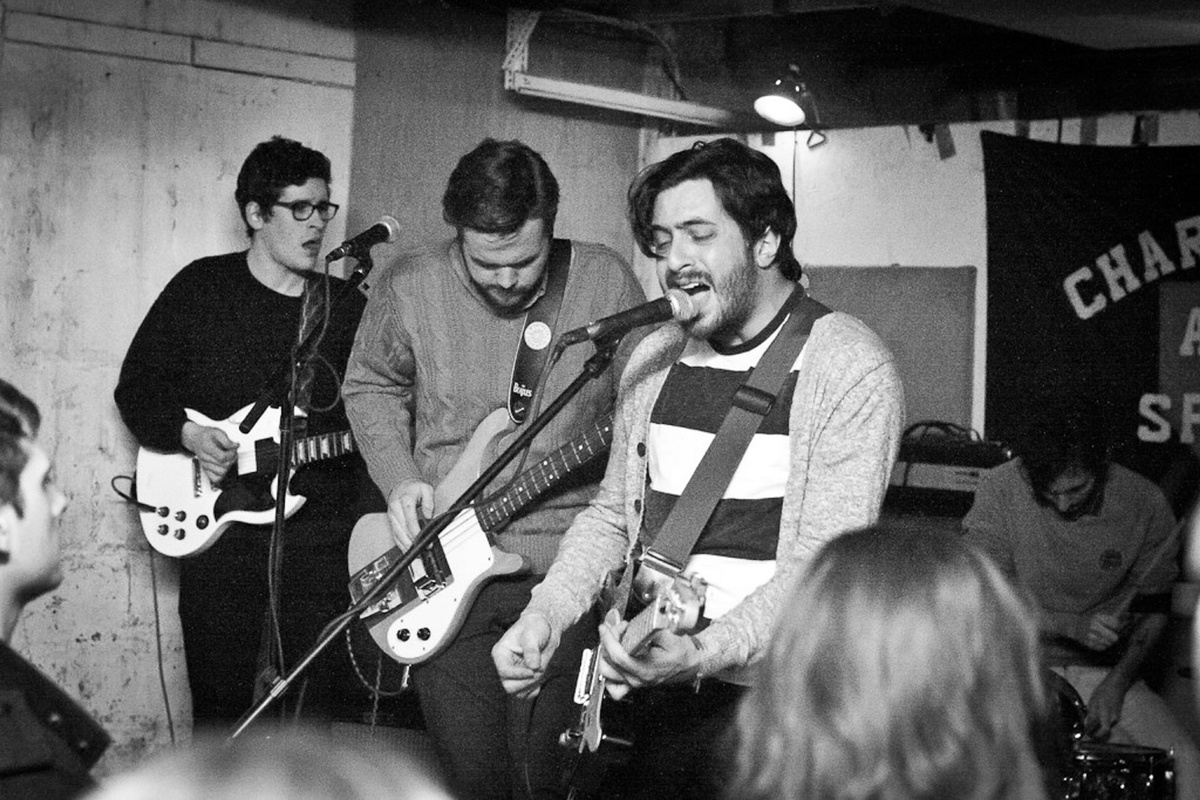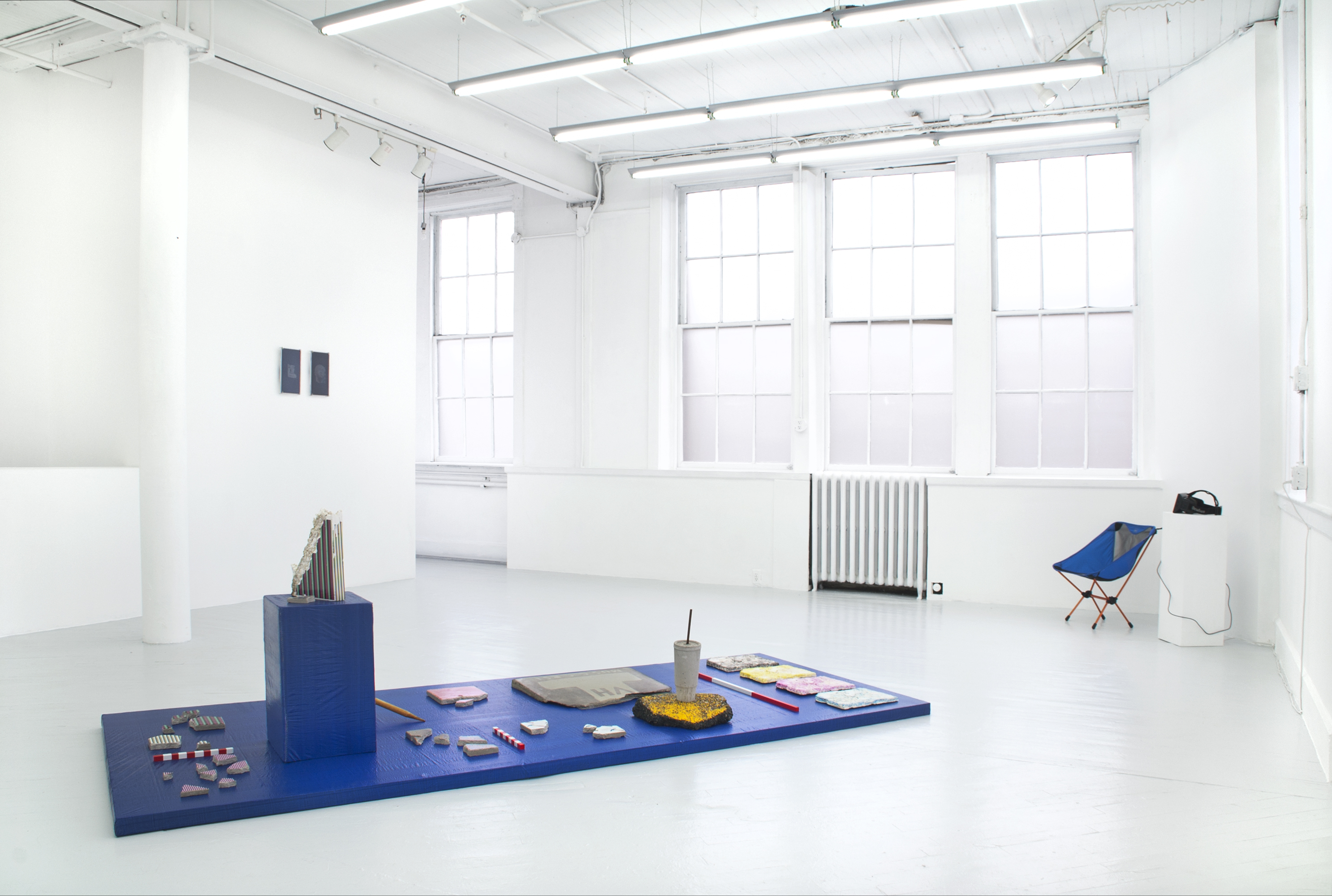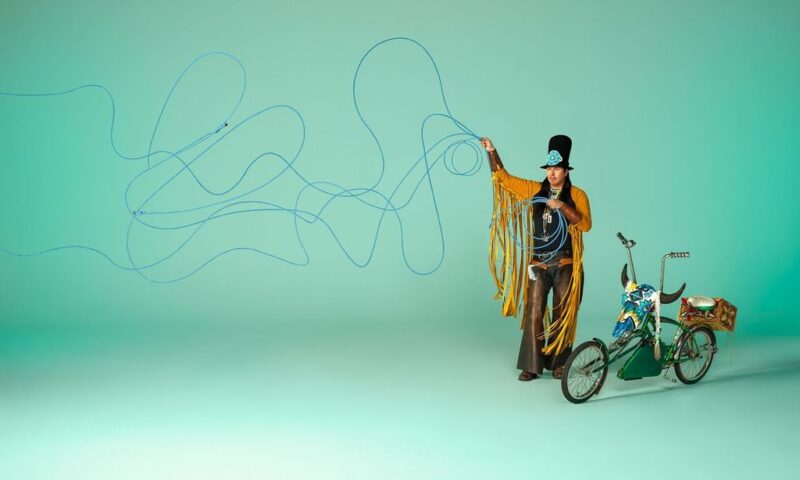Art Therapy is an ongoing column where artists ask questions about the business of making art. It has nothing to do with the actual field of art therapy. If you have a question, email us at [email protected] and put “Art Therapy” in the heading.
Dear BmoreArt,
I am confused about my relationship with my gallery. I was always told that once you work with a gallery, or are represented by them, you need to give them a percentage of every sale you make – even those that come from outside the gallery. I am represented in one city, but showed at a non-profit in another city. A few months after that show came down, I had a collector from that city approach me to buy my work. The gallery that represents me has never had me sign an official contract, so I am not sure what they expect in this case. If I asked them, I am sure they would handle this sale and take their 50% cut. The work will also need to be shipped, so who would be responsible in paying for that, if they were to get involved?
My question is, I guess, what happens when the gallery that reps me has had nothing to do with a sale? What is the right thing to do in fairly compensating people? As an artist, after paying for my supplies and framing, and the shipping that may be involved, I don’t make much money in the end.
I have heard of other artists making sales and doing all the work and then handing their gallery 50% of the sale for simply swiping a credit card. I have also heard stories about artists ‘selling behind their gallery’s back,’ like they’re cheating on their boyfriend or something! This all seems crazy to me. Is there a way to make these business relationships less personal and less confusing? What is the right thing to do here? I don’t want to be disloyal to the gallery that reps me, but I need to be practical as well.
Confused
………………………….
Dear Confused,
I’m afraid you’ve hit the nail on the head. Many artists like working with commercial galleries because of the investment, support, and visibility that the gallery brings to their career. However, this may not translate into a financial gain for either parties involved and this can be a problem.
You have entered into a world where regular business models don’t always add up. Consider this: you can’t wear, eat, or consume art for any practical purpose. There’s no guarantee of value for works of art, except for recent sales records. Hence, the rules of sales and engagement are different than most financial transactions.
The art world is a place where you can enter a place of business, offer to pay the asking price for the product, and be denied the purchase because you’re not “the right kind of collector” – even when a show hasn’t sold a single work. The art world is a place where an asking price can be as steadfast as religious dogma or a hazy starting off point. There are so many weird rules of etiquette in the art world, in terms of how art is purchased, it’s a wonder anyone sells anything. Then there are art fairs, where a collector is more likely to buy, due to peer pressure and exoticism, even when buying from the same gallery they visit regularly in their own city or town. It’s a weird business, so it’s no wonder you are confused. The weirdest part is that all galleries operate differently and most have unclear rules about how to engage with artists.
My first question for you is what kind of contract you have entered into with your gallery? If they have not given you an official representation contract on paper, or you have never had a discussion about expectations on both sides, now is the time. Many galleries assume that artists know the rules of engagement, but most do not. Even if verbal, most contracts are site-specific and apply to a certain place where the gallery markets your work. In addition, most contracts are time specific – I suggest signing for a year or two and then reevaluating the relationship when it’s time to renew. Even if you are not represented, most galleries require artists to sign a consignment form for the specific works you show with them. This form usually states that the gallery retains exclusive rights to sell these works for up to a year after the show. In this scenario, you would need to get permission from the gallery to show these works in other places and they will ask the piece to be labelled “courtesy of X gallery.” Did you show the specific work in question with the gallery first before showing it at the non-profit or it is a new piece? Did your gallery help you in any way – getting the show, sending your materials along, or sharing the information with their client mailing list?
If you are on good terms with your gallery and trust them, you need to discuss this issue with them. If they are ethical, they should offer to broker the sales for you at a reduced commission on their end and at least split the shipping. If they offer to cover all the shipping, they have probably earned their 50% commission and it’s a win-win. This sale provides them with a new potential collector for other works and will strengthen their relationship with you. From their end, they could argue that one reason the collector is taking your work seriously is from internet searches that show you linked to their gallery and this may be true.
If you are not legally bound to sell work with the gallery in this other location, and they haven’t made time in the past to answer your questions, then you might want to follow your instincts. I know a number of artists who sell through their gallery no matter what, but are frustrated by what they are getting back. These relationships often end badly. Some artists find that they can sell their work more effectively without formal ties to a gallery and choose to market it themselves.
The best commercial galleries exist because their proprietors love art, love working with artists, and desire to sell their art and build their careers. However, most galleries have a tiered system, where certain artists are given lots of focus and attention and others, less so. The responsibilities, on both sides, reflect the relationship. If you feel less than included in this process, for example, if they don’t return your emails or you don’t have a show scheduled with them, but are still expected to contribute financially, it may be best to define and compartmentalize the relationship. Sit down with them and decide on your mutual obligation to a specific place, even a certain number of mile radius around the gallery that belongs to them.
Either way, it’s time to have an information sharing session, because you are not clear on the terms of engagement. If you don’t want to share specific information with the gallery at this point, make a list of hypothetical questions and situations and make an appointment to sit down in person.
Good luck!
BmoreArt






